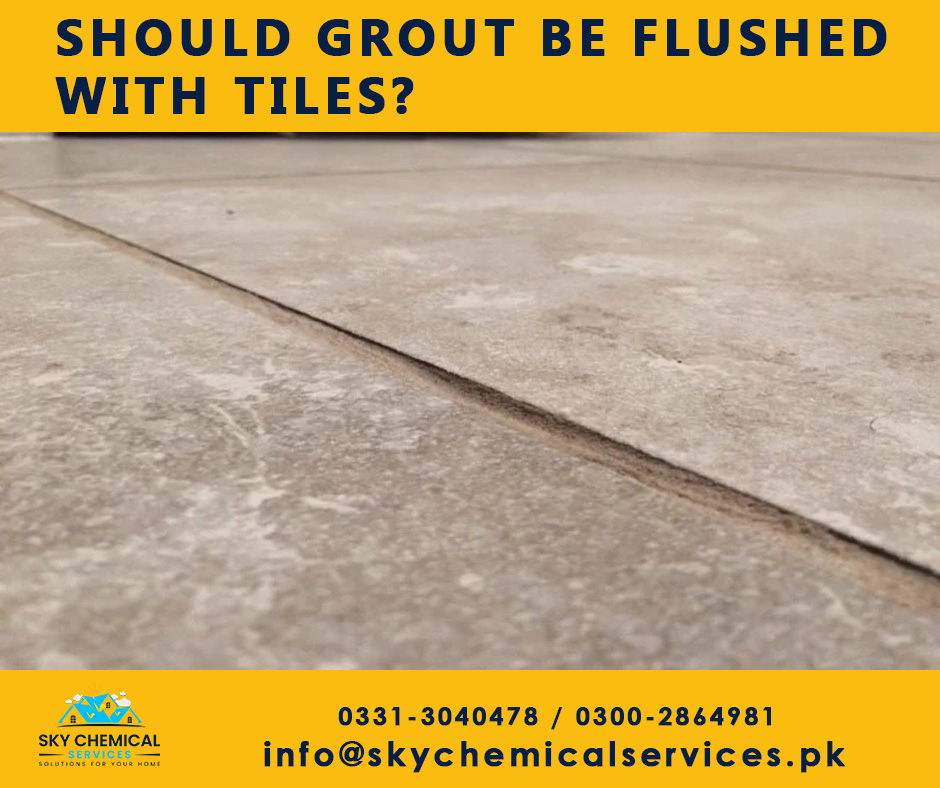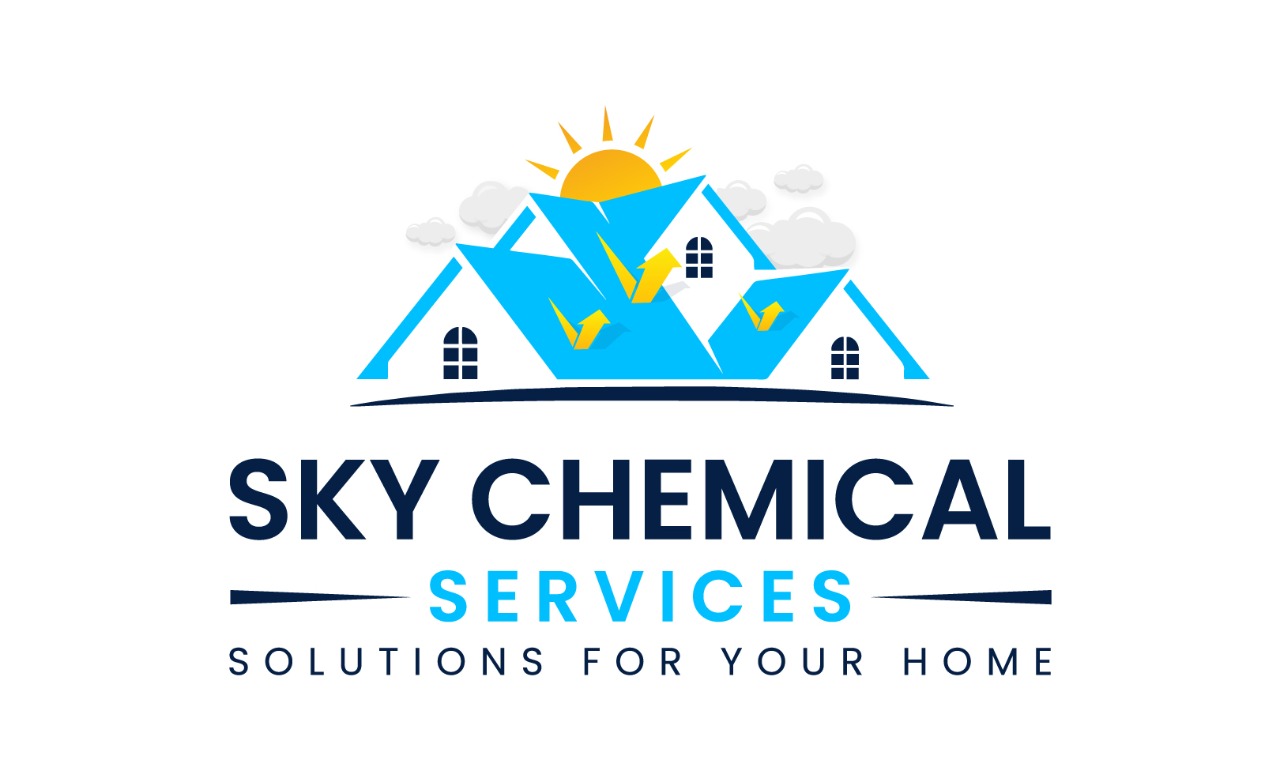
Grout with Tiles is an essential component in tile installations, serving both functional and aesthetic purposes. It fills the gaps between tiles and provides stability and support. Grout helps in managing groundwater flow, leakage, and toxic waste materials.
However, tile installers and homeowners are often left pondering on the question of whether grout should be flushed with tiles or left slightly below the surface. To make an informed decision, it is crucial to consider various factors, such as type of tiles, aesthetics, and the intended use of the tiled surface.
How to Manage Grout with Tiles?
One common practice is to leave grout lines slightly below the surface of the tiles. This method can create a recessed or “sunken” grout line, which most find pleasing and beneficial. Recessed grout lines can add depth and dimension to the tiled area, offering a distinctive and elegant appearance to walls or floors. It is a popular choice for decorative and artistic tile installations, such as mosaic designs or intricate patterns.
Read More
How Bathroom Leakage Repair Beautifies Your House?
How To Hire Experts For Bathroom Leakage Repair in Karachi?
How To Control Leakage and Seepage in Pakistan Using Chemicals?
Some prefer to flush the grout with the surface for a smooth and attractive look. This technique is favored for functional, utilitarian spaces like bathrooms and kitchens. When grout lines are flushed with tiles, cleaning and maintenance becomes easier. There are no grooves or recessed areas where dirt, debris, or moisture can accumulate, making it a more practical choice for high-traffic areas.
Grout & Flushing
The type of tiles is an important consideration for the flushing process. Natural stone tiles, like marble or travertine, benefit from recessed grout lines. These materials are porous and delicate. Moreover, recessed grout lines can help protect the tile’s edges and reduce the risk of cracking or chipping. On the other hand, porcelain or ceramic tiles are more durable; they can withstand flush grout lines without much risk.
Another essential consideration is the intended use of the tiled surface. In wet areas, such as showers or outdoor spaces, sloped surfaces are crucial; these platforms allow water to drain effectively. Recessed grout lines assist in creating a subtle slope towards the drain.
Furthermore, the choice between flush and recessed grout lines can impact the overall maintenance and cleaning of the tiled surface. Flush grout lines are easier to clean because of lower dirt entrapment. For those seeking low-maintenance tile installations, flush grout lines may be the better option. In contrast, recessed grout lines are more challenging to clean; they require extra effort to reach into the grooves and remove dirt or stains.
Read More
List of Best Chemicals To Secure from Leakage and Seepage in Karachi
Benefits of Tile Grouting in Bathroom Leakage Treatment in Pakistan
How Waterproofing Company Handles Bathroom Leakage Treatment in Karachi?
The choice between flush and recessed grout lines is also influenced by personal preferences and the overall design of the space. Some individuals prefer a seamless appearance, while others want an attractive texture and depth. It’s essential to consider the aesthetic goals of the project.
Bottom Line
Whether grout should be flushed with tiles or not depends on various factors, including the type of tiles, the intended use of the tiled surface, maintenance considerations, and aesthetic values. Both approaches have their advantages and disadvantages, and the right choice vary from project to project. It’s essential to weigh these factors carefully and seek professional advice to ensure a successful and visually pleasing tile installation. Ultimately, the decision should align with the overall goals and vision for the space.
If you want to know more about grout types and the flushing process, contact Sky Chemical Services, the best company in grout application and waterproofing surfaces.
